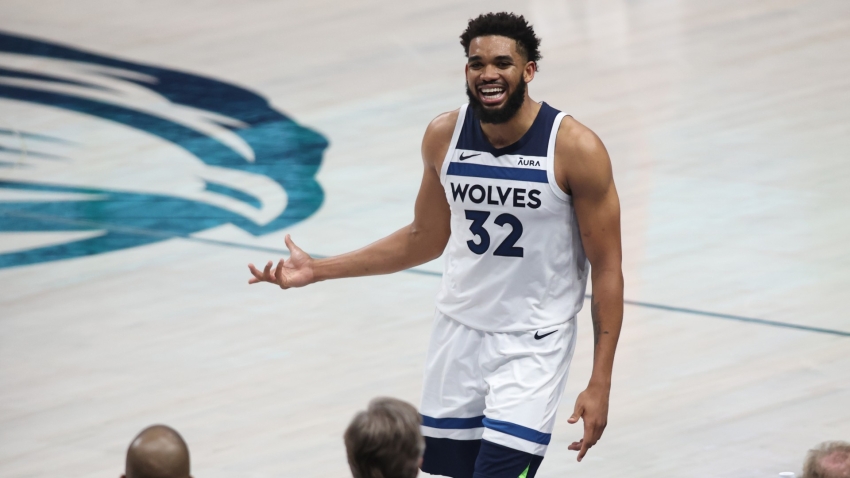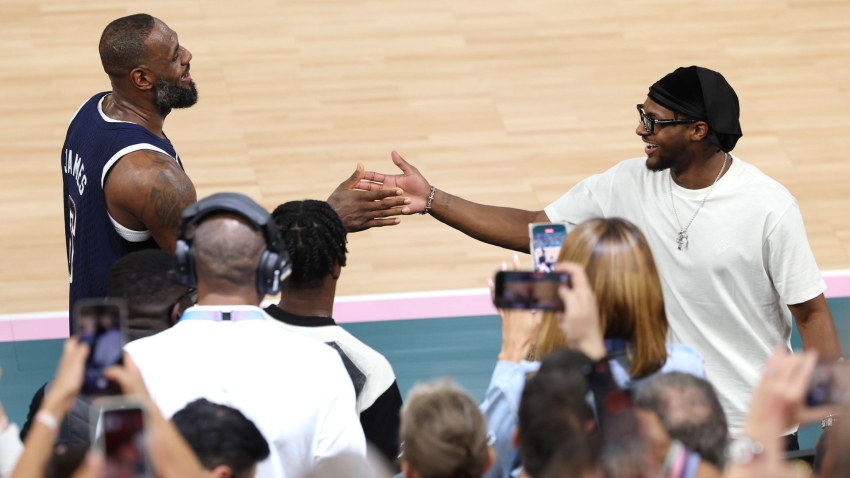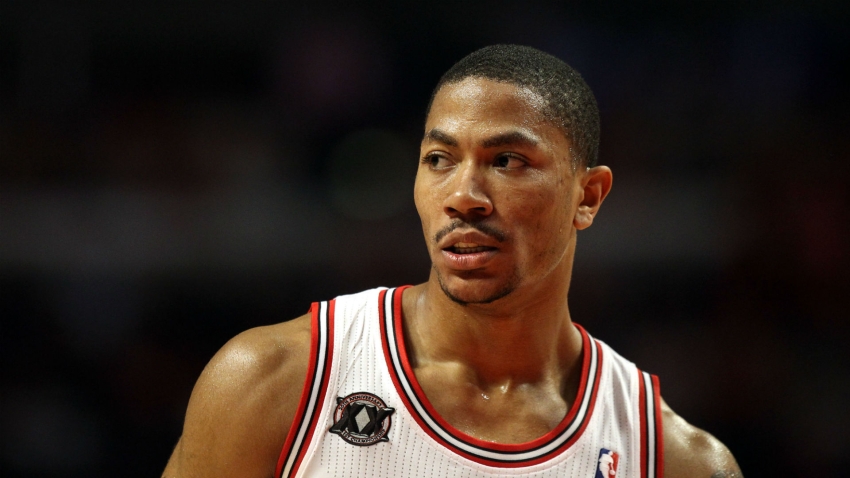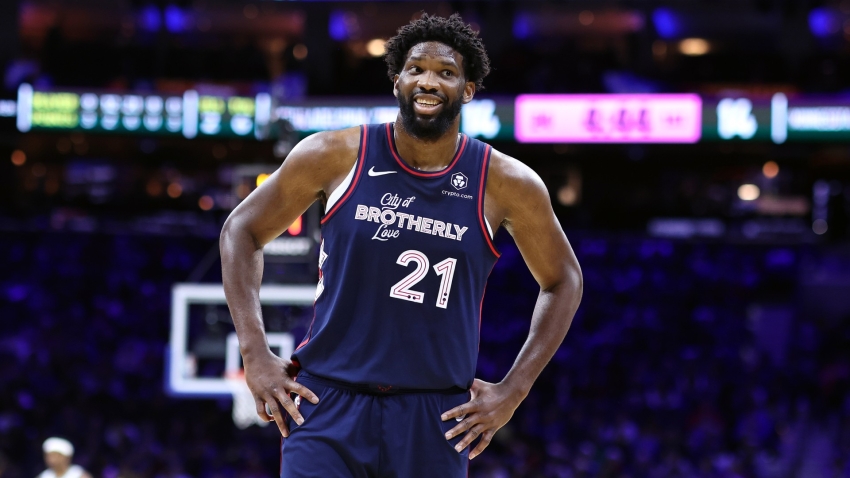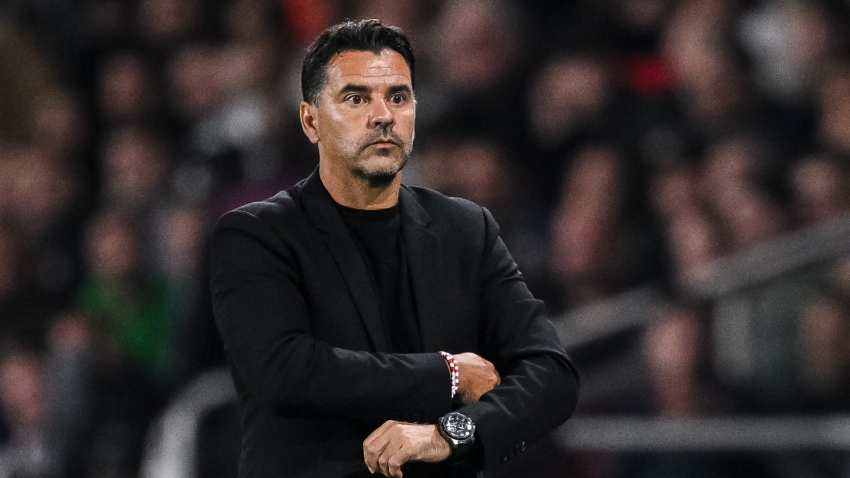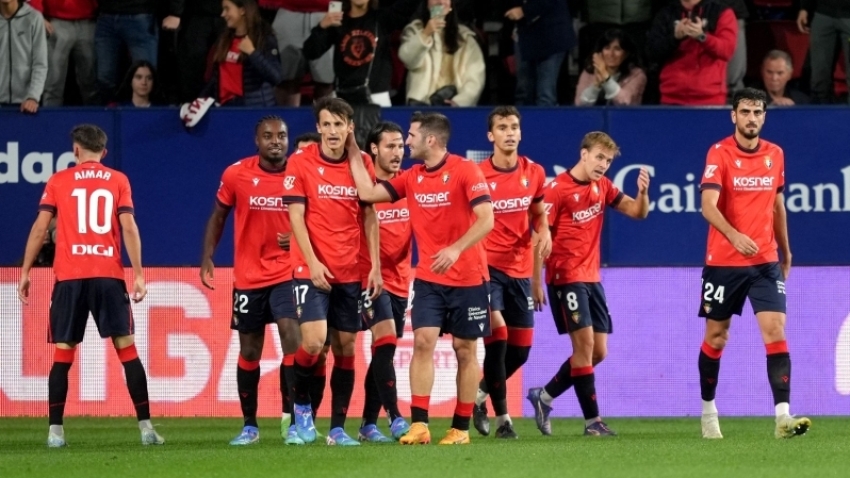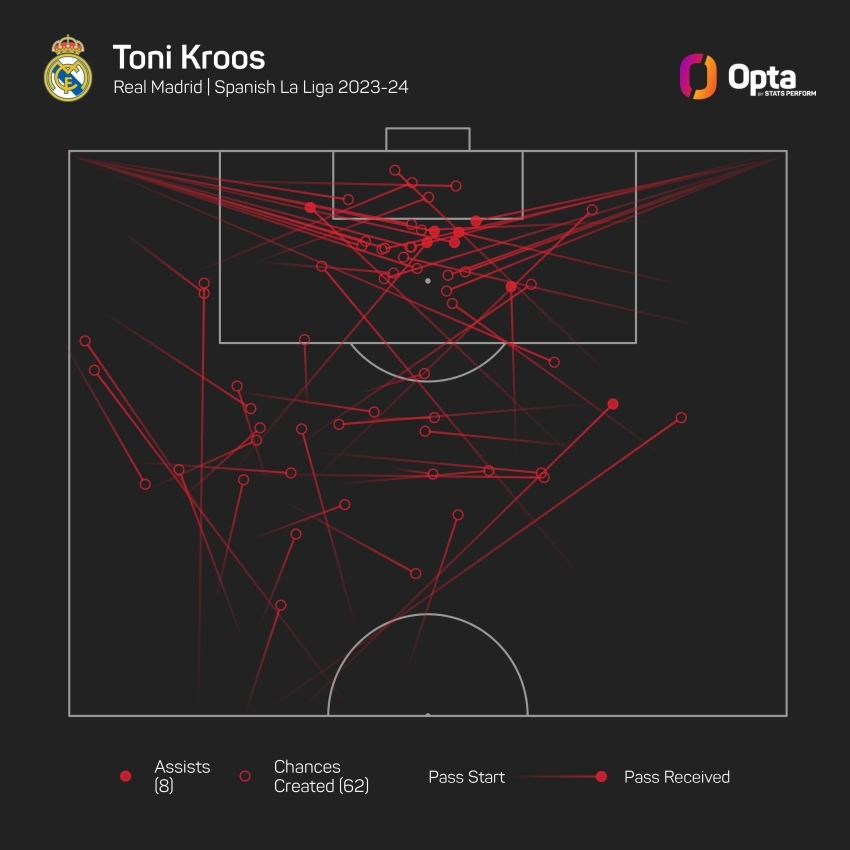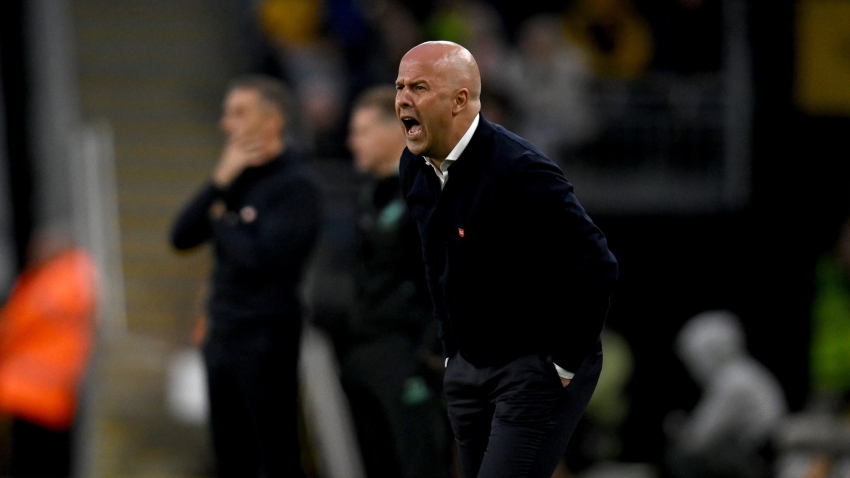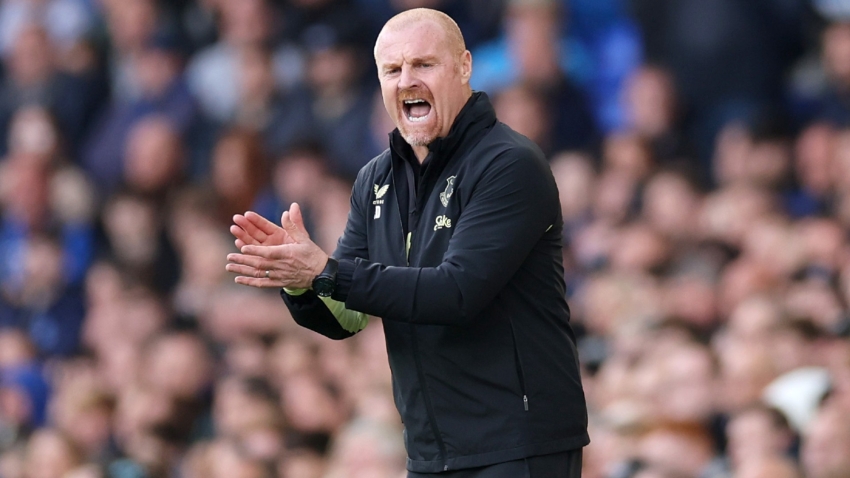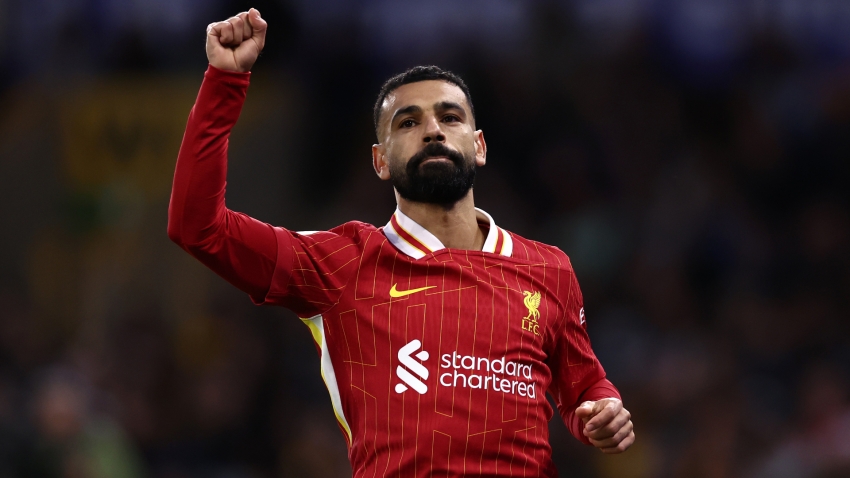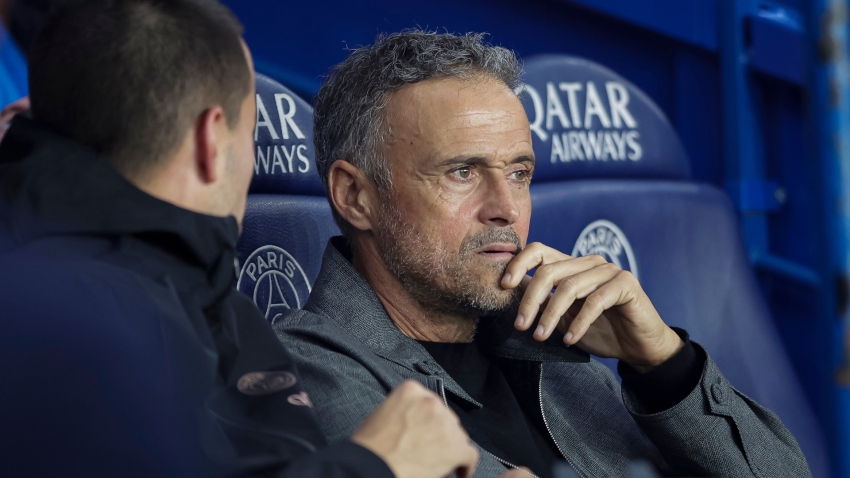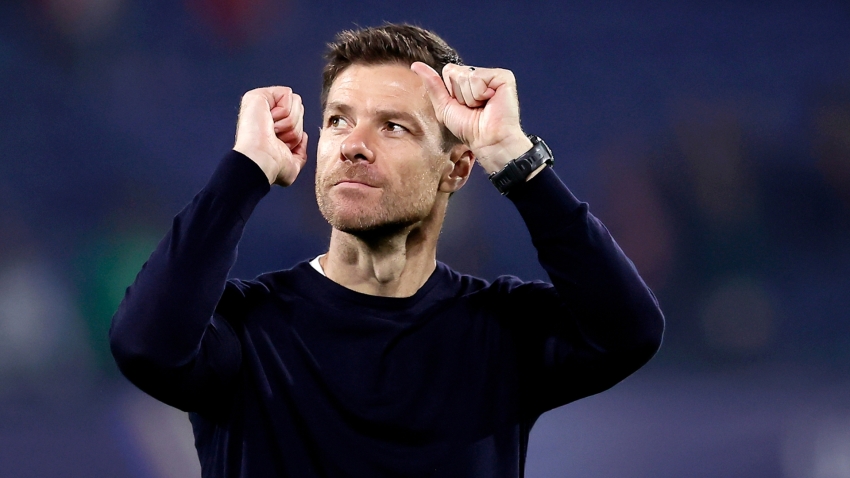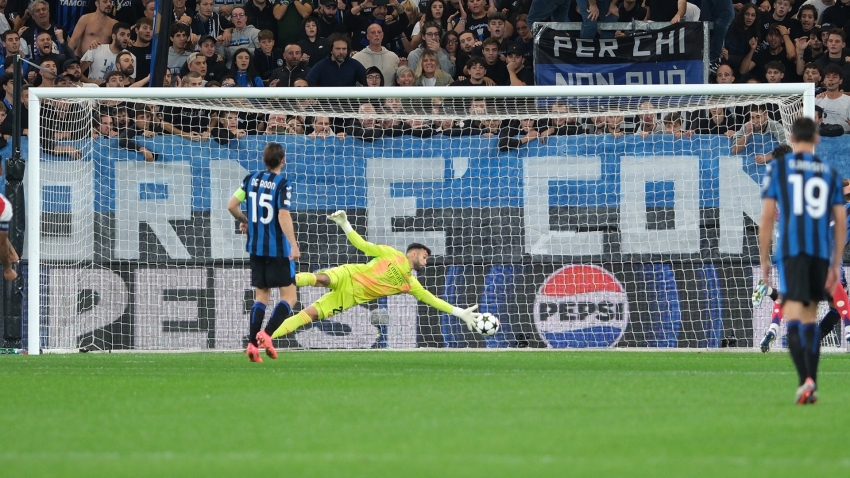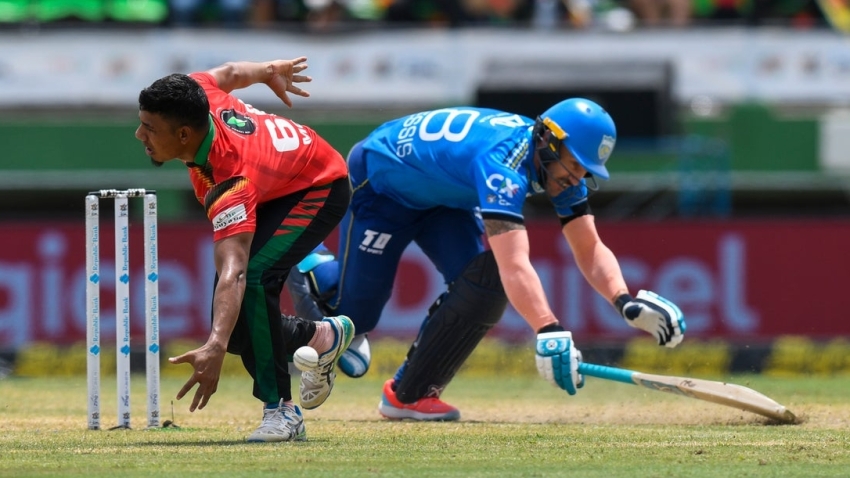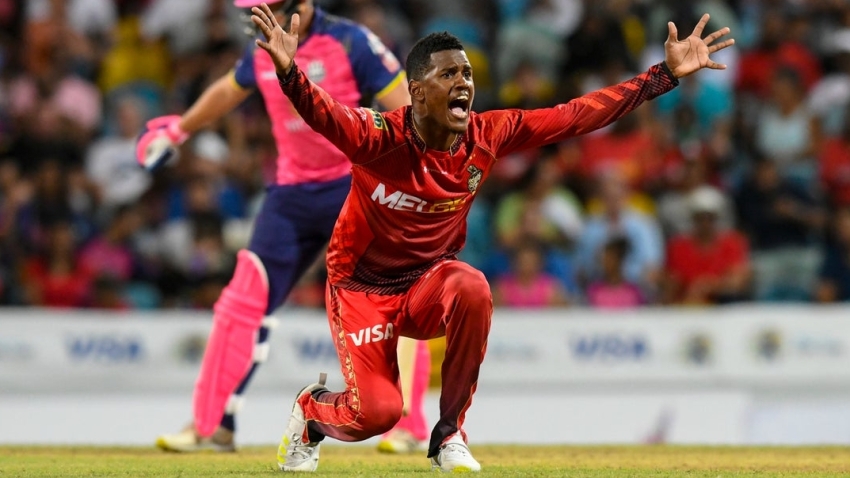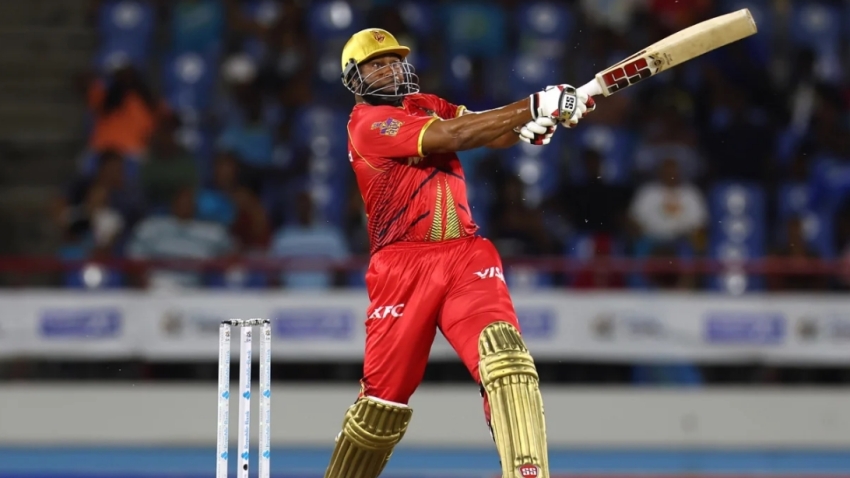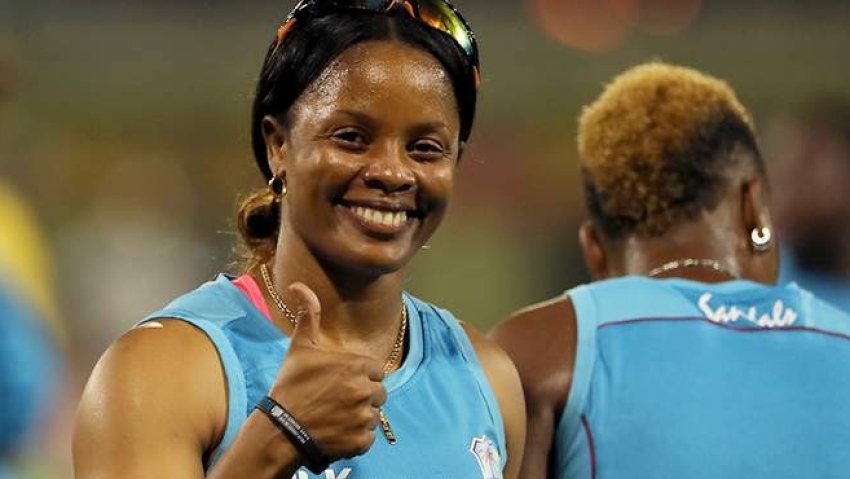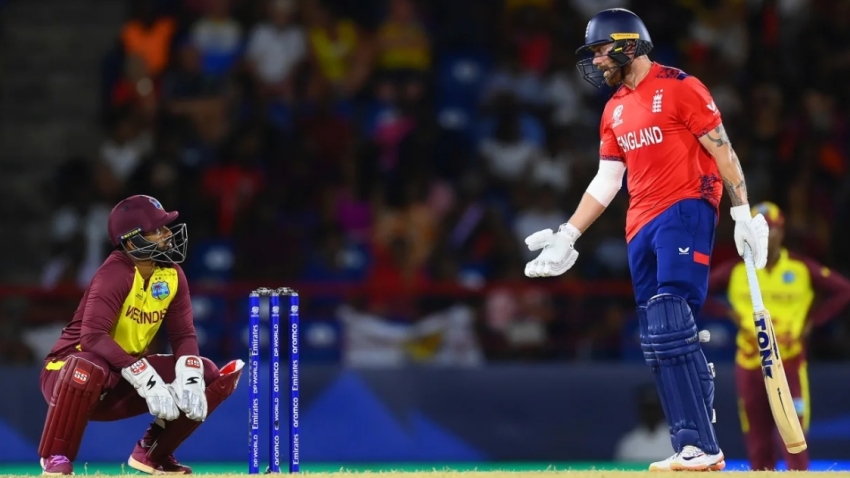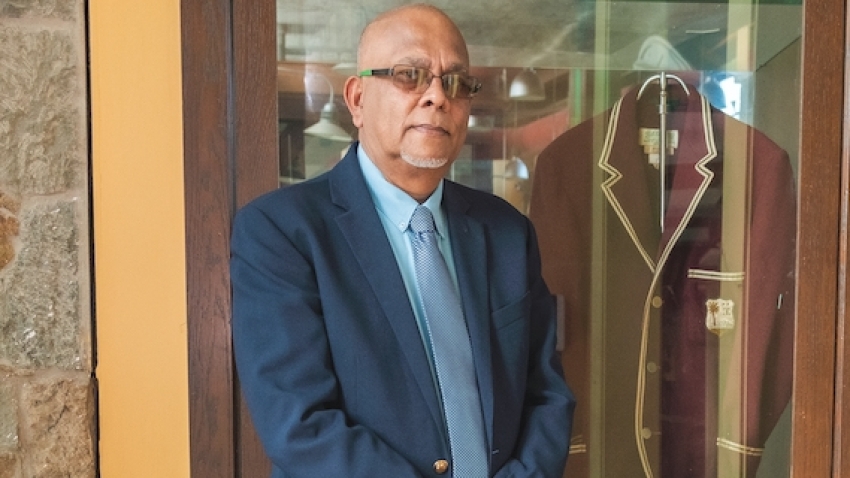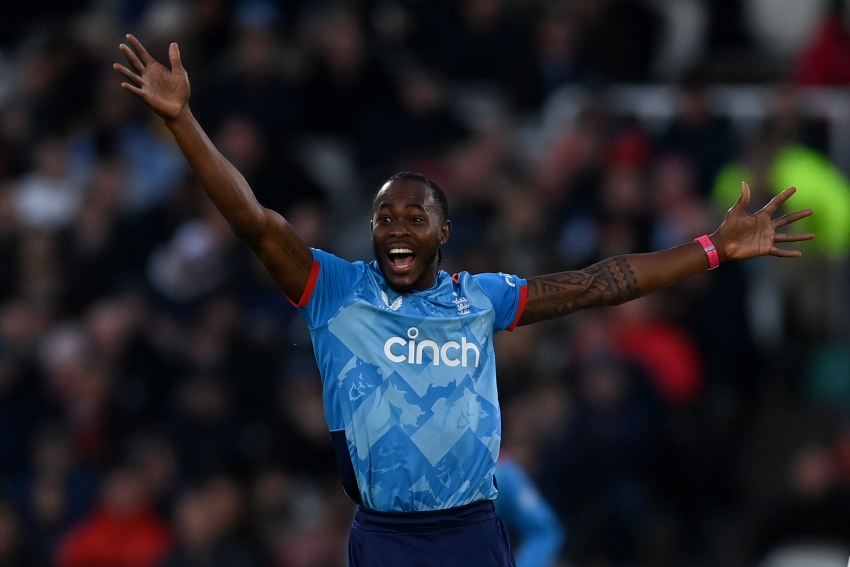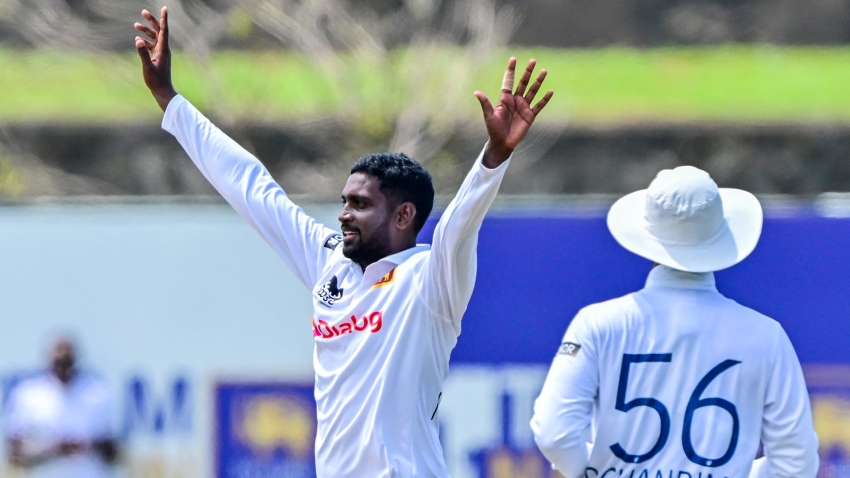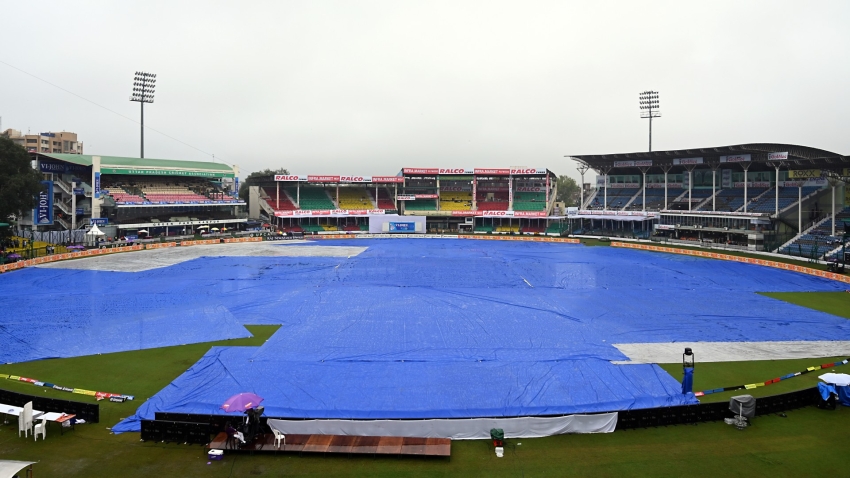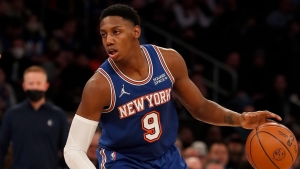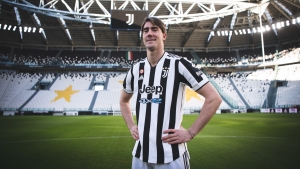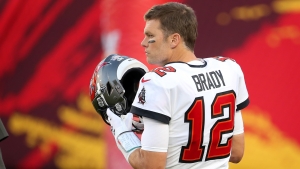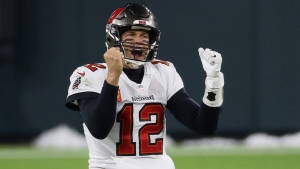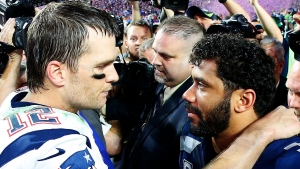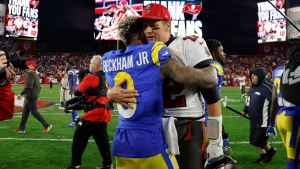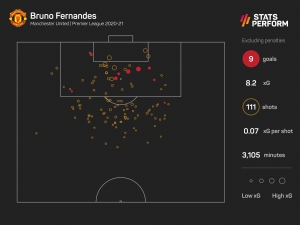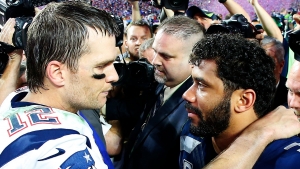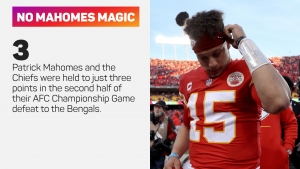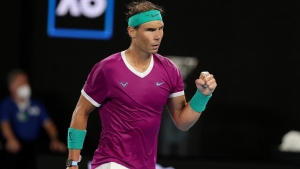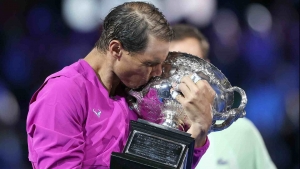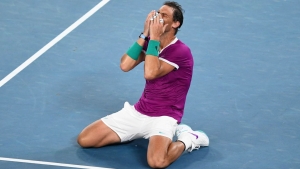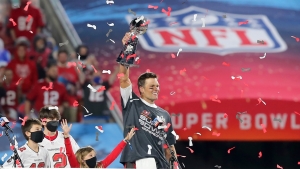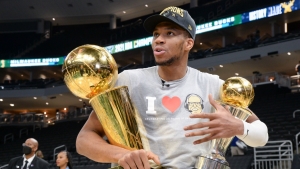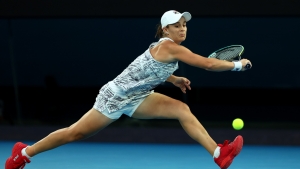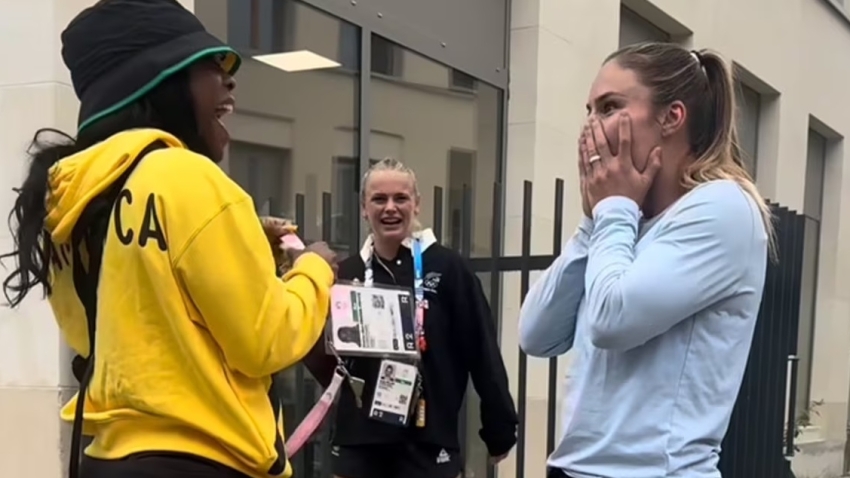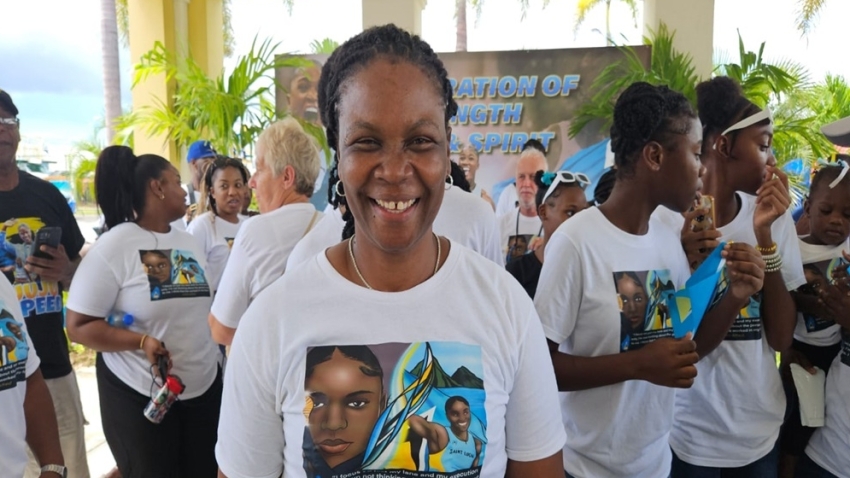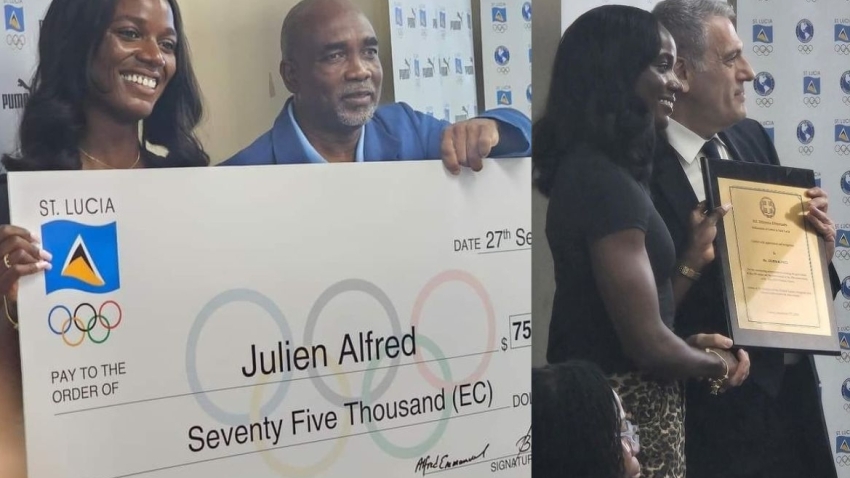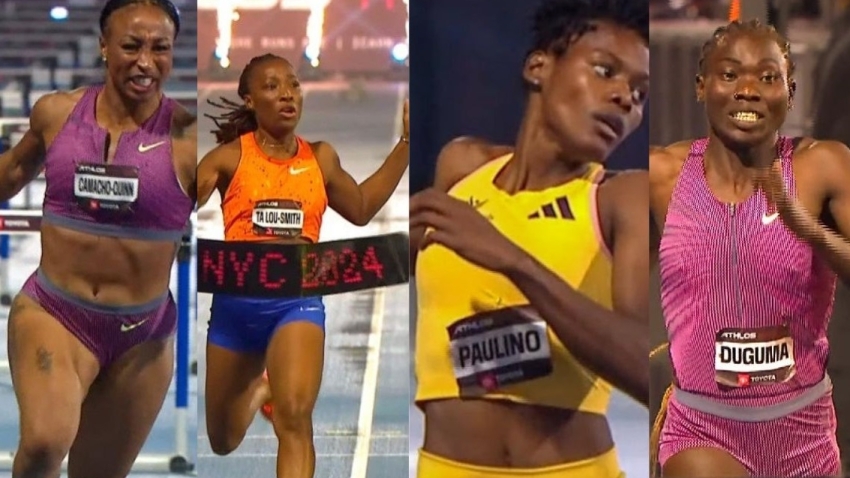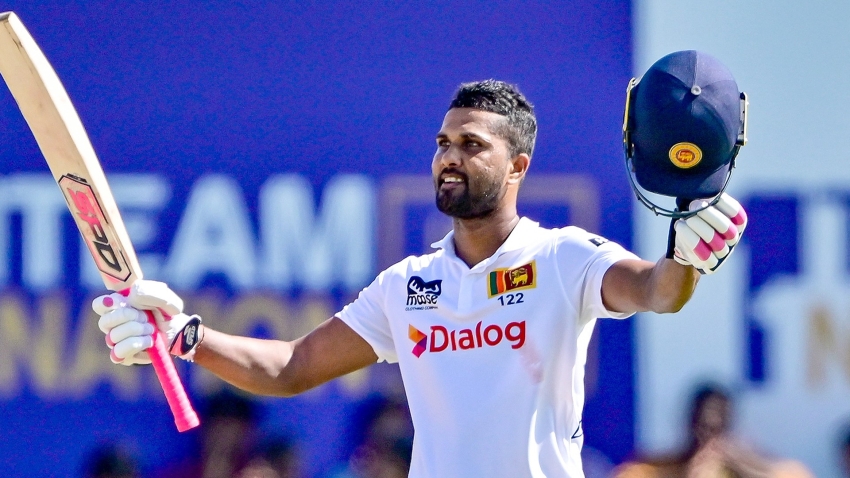The NBA's Western Conference has dominated the East in recent memory, possessing most of the league's superstars for over two decades.
West teams have had a winning record head-to-head against East teams in each of the previous 12 full seasons, and the East has only had a winning record against the West once in the last 22 full seasons (2008-09).
Since 1999-00, the NBA champion has come from the Western Conference in 14 of 22 seasons.
The imbalance of power had grown significant enough by the 2013-14 season, when the West sported a .631 head-to-head win percentage, that some pundits called for a restructuring of the playoff system to stop giving postseason opportunities to below .500 East teams.
But the league appears to be finding its equilibrium again.
East teams have a .491 record in interconference games this season, the highest since 2008-09, and the playoff race at the top of the conference is as competitive as it has been in recent memory. Six teams sit within two games of the East’s top record, laying the groundwork for a captivating battle for postseason positioning in the second half of the season.
1. Miami Heat (32-17)
The 2020 Eastern Conference champions appear to have recaptured the form of a contender after a middling 2020-21 campaign that ended in a first-round sweep.
Battling through lengthy absences from both Jimmy Butler and Bam Adebayo, the Heat have climbed their way to the top of the Eastern Conference standings, thanks largely to the growth of Tyler Herro.
Herro was a promising rookie two years ago when Miami made their run to the NBA Finals but has carried the Heat offensively at times this season. He is scoring 20.4 points per game this season, up from 15.1 last season, without a drop in efficiency. The result is an 11-2 record when Herro scores 25 or more points in a game.
Defensive issues, however, have led coach Erik Spoelstra to mostly leave Herro out of the starting lineup and use him to torch opposing benches. Miami ranks third in the NBA in bench scoring at 39.1 points per game while ranking tied for 19th in bench minutes per game.
Miami's starting units aren't nearly as imposing on the offensive end but are suffocating opponents on defense. With Butler, Adebayo and Kyle Lowry all on the court together, the Heat are allowing just 98.0 points per 100 possessions, and opponents are shooting 32.4 percent from three-point range.
Spoelstra may face challenges in the postseason in trying to decide between offense or defense-first lineups, but few coaches in the NBA are as qualified to find the correct balance.
As long as Butler is healthy and fresh, no team wants to face this rugged and experienced group in a playoff series, and a deep run is certainly possible.
2. Chicago Bulls (30-18), 1.5 games back
Chicago’s hot start was one of the league’s signature stories early in the season, but a recent swoon has some pundits wondering if a few of the roster’s flaws can be exploited.
From December 19 to January 7, the Bulls went on a season-high nine-game winning streak. They scored 120.2 points per game over that stretch and climbed to 16 games over .500.
The Bulls have gone just 4-8 since and have failed to reach 100 points in four of those 12 games.
Chicago went 1-5 during this lull playing without Zach LaVine, including a January 14 loss to the Golden State Warriors in which he played fewer than four minutes before leaving with a left knee injury.
The Bulls have won both their games since LaVine returned, soothing any burning concerns, but that stretch revealed Chicago's roster is too thin to absorb any major injuries.
Perhaps even more concerning is the Bulls' record against top teams, going just 3-7 so far this season against the other teams in the East's top six.
Billy Donovan will rightfully get plenty of buzz to win Coach of the Year, but the Bulls ultimately look like an excellent regular-season team that may not be properly equipped for playoff battles.
Power forward Patrick Williams played just five games before he underwent surgery on his left wrist, and he was initially considered lost for the season. While there has been some recent momentum towards him returning for a playoff run, the 20-year-old may still be too green to push the Bulls over the top.
Williams could fetch another playoff-ready piece if the Bulls decided to place all their bets on the current core of LaVine, DeMar DeRozan and Nikola Vucevic – all in the prime of their careers between the ages of 26 and 32 – but such a move could jeopardise the team's future.
3. Cleveland Cavaliers (30-19), 2 games back
Just a year after going 22-50, the Cavaliers have far surpassed last season's win total before the All-Star break, and the success has gone on too long to be considered a fluke.
Even after losing veteran point guard Ricky Rubio to a torn left anterior cruciate ligament, the young Cavaliers have continued to be one of the East's top teams, thanks largely to a stifling defense.
Cleveland is 6-7 this season in games when scoring less than 100 points, the best record in the league. The other top teams in the East are a combined 7-44 when held under the century mark.
The Cavaliers are allowing 105.8 points per 100 possessions, best in the Eastern Conference, and that number drops to 102.2 when rookie big man Evan Mobley is on the court.
Mobley is third among rookies in scoring at 15.0 points per game, but it is his ability to play next to center Jarrett Allen that has made Cleveland's defense so imposing.
A seven-footer, Mobley could be slated as a center for almost any team in the league, but his quickness and ability to guard multiple positions allows him to be on the floor at the same time as Allen.
Mobley, Allen, Darius Garland and Isaac Okoro are all 23 years old or younger, so a deep playoff run seems unlikely, especially with high-scoring guard Collin Sexton out for the year.
But Cleveland has the fourth-easiest remaining schedule in the NBA, with a combined opponents’ winning percentage of .463.
4. Milwaukee Bucks (31-20), 2.0 games back
The reigning NBA champions have yet to live up to the sterling regular seasons of their recent past but remain in position for a run.
The Bucks are 6-7 over their last 12 games, including a 115-99 loss to the Cavaliers on Wednesday.
Milwaukee’s fortunes will be determined by its three biggest stars: Giannis Antetokounmpo, Khris Middleton and Jrue Holiday. With all three on the court together, the Bucks are outscoring their opponents by 10 points per 100 possessions. All configurations that have two or fewer stars on the court have a net rating of +2.6.
This heavy reliance on the Bucks' top trio is evident in Milwaukee’s 29th-ranked bench, which is scoring just 27 points per game.
This accomplished core will be competitive in any series they play, especially now that it has championship experience, but the road through the Eastern Conference playoffs could be a very challenging one.
5. Brooklyn Nets (29-19), 2.5 games back
With so many unknowns and moving pieces, the Nets are probably the most difficult team in the league to analyse. The trio of Kevin Durant, James Harden and Kyrie Irving makes them an automatic title contender, but the availability of Brooklyn's stars will ultimately decide their fate.
Irving is infamously banned from playing home games but can play in most road games, essentially giving Steve Nash two separate teams to coach. Any day, either Irving could change his mind and get a COVID-19 vaccine, or New York could change its rules about workers being vaccinated, but the possibility looms of the Nets entering a playoff series with a part-time player.
Durant remains a marvel, averaging 29.3 points, 7.4 rebounds and 5.8 assists in his second season back from a ruptured Achilles tendon. He suffered a sprained knee on January 15, however, and could be out until the end of February.
The Nets are just 5-7 this season without Durant, and his extended absence could cause them to lose ground in the race for a top seed in the East. Then again, Brooklyn might not care about playing extra postseason road games, allowing Irving to join in the fun and saving Durant for when the games count most.
The Athletic's Shams Charania surprised many fans this week by reporting that Harden's name remains involved in trade talks. While these rumors would likely be more relevant to a deal in the coming offseason, the reports added another layer of uncertainty to a bumpy season.
6. Philadelphia 76ers (29-19), 2.5 games back
The Sixers have the NBA's second-best record since Christmas Day at 13-3, and Joel Embiid has built a strong case as an MVP candidate.
The overpowering center has scored at least 25 points in 16 straight games, a run that includes single-game scoring performances of 50, 42 and 40 points.
Perhaps almost as significant as his gaudy production is the fact that Embiid has played in 20 consecutive games for Philadelphia, the second-longest run of his career after a 26-game stretch during the 2018-19 season.
Embiid has always been a monster when he's on the court, and if his current run of health continues, the 76ers will be a difficult playoff matchup for anyone.
Hanging over the whole season, of course, is the standoff with Ben Simmons, who has yet to report this season and is losing game paychecks every time his team-mates take the court. Simmons' camp maintains the position that he wants to be traded after being publicly blamed for last season's playoff failures, but the Philly front office insists on getting a star in return.
A possible Simmons trade might be the most pivotal move out there for any possible championship contender, but the deal has been difficult to find for a unique 25-year-old guard who refuses to shoot and has yet to play this season.
With the conference loaded six-deep with imposing teams, only the top two seeds will be heavy favourites in the first round. Gone, it appears, are the days when one or two teams could cruise to a conference championship in the East without sweating.


